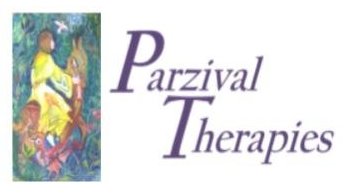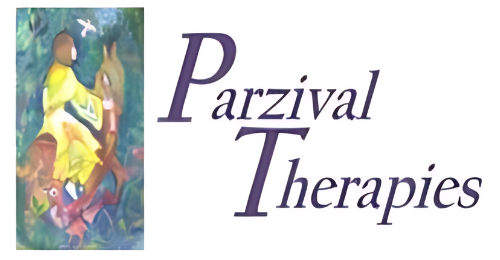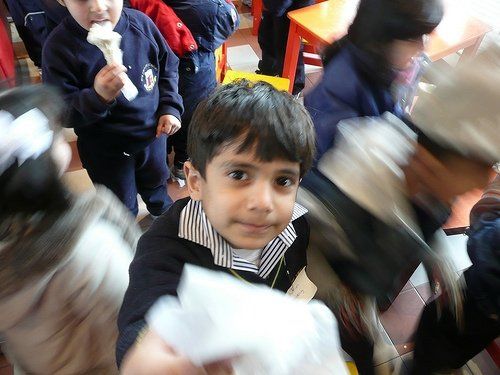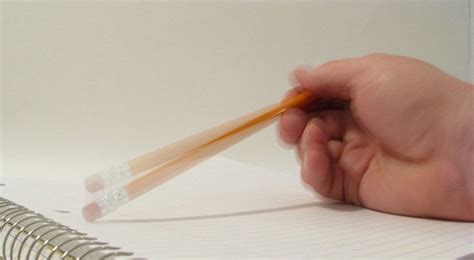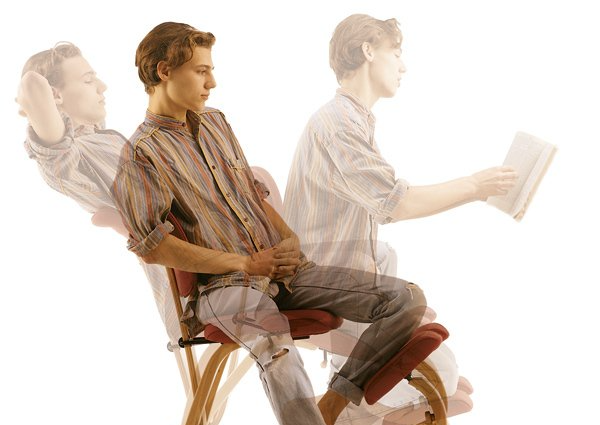Taming Tourette
Taming Tourette's: Family Conquers Disorder with Innovative Treatment
Steve Solimini, who has Tourette's syndrome, uses a hula hoop to develop left and right brain motor skills. Solimini is treating the disorder with a nonmedical approach established by the Seattle- based HANDLE (Holistic Approach to Neurodevelopment and Learning Efficiency) Institute, which advocates exercises to strengthen the neurological system.
Silly String, Crazy Straws and Hula Hoops - these are things Steve Solimini shares with his nephew, Nick Voelker. Solimini, of Fox River Grove, and Voelker, of Cary, don't keep the playthings for fun. The toys are tools to treat Tourette's syndrome.
Solimini and his nephew have the neurobiological disorder that causes involuntary movements and vocal outbursts. These uncontrolled reactions are called tics, which Solimini described. "You actually feel something there, it's like a tingling," he said. "It's like you have and itch, but instead of scratching you want to push on it and hurt it." But with exercises that include bouncing a rubber ball off a wall and writing in pink ink while wearing 3-D glasses, Solimini and Voelker believe they have conquered Tourette's syndrome.
"I can't even remember the last time I had a tic," said Solimini, who lives in Fox River Grove. Voelker smiled at his uncle's words. "[Nick] could never sit still like this," said his mother Terry Voelker.
The program was developed by the institute's founder, Judith Bluestone, based on her 30-year background in the diagnosis and treatment of neurodevelopmental problems.
Bluestone's method identifies the root cause of a client's neurodevelopmental disorder, looking for the underlying stress to the system causing the disorder. Once the stresses have been identified, clinicians develop a program of exercises to strengthen the neurological system. "You ask, 'What does the body normally do to develop the things that aren't working right in that particular individual," Bluestone said.
During his evaluation, Solimini recalled he was asked to put on a pair of red and blue-lens 3-D glasses and describe what he saw.
He saw alternating flashes of blue and red, revealing his eyes were not working in harmony. The exercise of writing in pink ink while wearing 3-D glasses strengthens the optic nerves of the eye looking through the blue lens, he said. Clients are told to stop exercising at the first sign of discomfort or lack of coordination.
Solimini, now a 37-year-old was diagnosed with Tourette's syndrome when he was 13, but the tics started at age 7 when he was in second grade. Classmates mocked him, while the nuns who taught him thought he was misbehaving. Solimini's tics included blinking, clenching his teeth, cracking his neck, snapping his arm out and grunting. He did not explode with profanities, which is a misconception about Tourette syndrome. According to the Tourette Syndrome Association, fewer than 15 percent of people who suffer the disorder will spontaneously curse.
Nick Voelker was diagnosed with Tourette's syndrome and attention deficit disorder when he was in first grade. He started taking the drug Clonidine when he was 6. "Doing homework with Nick was really a trauma," said his father, Ron Voelker. "A 10- minute project turned into 35 minutes of agony."
Despite his medication, Solimini's tics persisted for three decades. "I don't know how I got through the day ticcing," he said. "Not only is it distraction, but it takes so much out of you." Solimini discovered the HANDLE when he found its home page on the Internet (www.handle.org). What he read about the nonmedical approach intrigued him. "It was just different than anything I'd ever looked at," Solimini said. "Just the whole approach to looking at the problem and addressing the problem just made sense." Solimini and his wife flew to Seattle Aug. 4 for treatment.
The HANDLE assessment is conducted in a pair of two- hour sessions, first to evaluate then to present results. Bluestone said clients are asked not to take medication before the evaluation session. "We want to meet the person, not the medication." Solimini was given a 20 minute exercise regimen to follow each morning. When his tics began to subside, he recommended the HANDLE to his sister, Terry Voelker. The Voelkers took Nick to a visiting a HANDLE practitioner in Iowa October 5. One of Nick's exercises was to suck water through a winding Crazy Straw. Despite Solimini's experience, the Voelkers were skeptical when they left the clinic. "We drove home; it was a seven-hour drive," Ron Voelker said, "and it was quiet." But the Voelkers also saw results. Shortly after starting his exercises, Nick ran into the kitchen holding his arms out. He said, "Mom, look how still I can hold my hands."
Nick's grades went up in the last quarter. The Voelkers' minivan now bears a bumper sticker that says "My child is an honor student at Prairie Grove School." "We just can't believe this system of exercises works so well," Ron Voelker said.
It's a success Solimini claims to share. "I'm not just free of Tourette's," he said, "I can think clearer, I'm more methodical."
